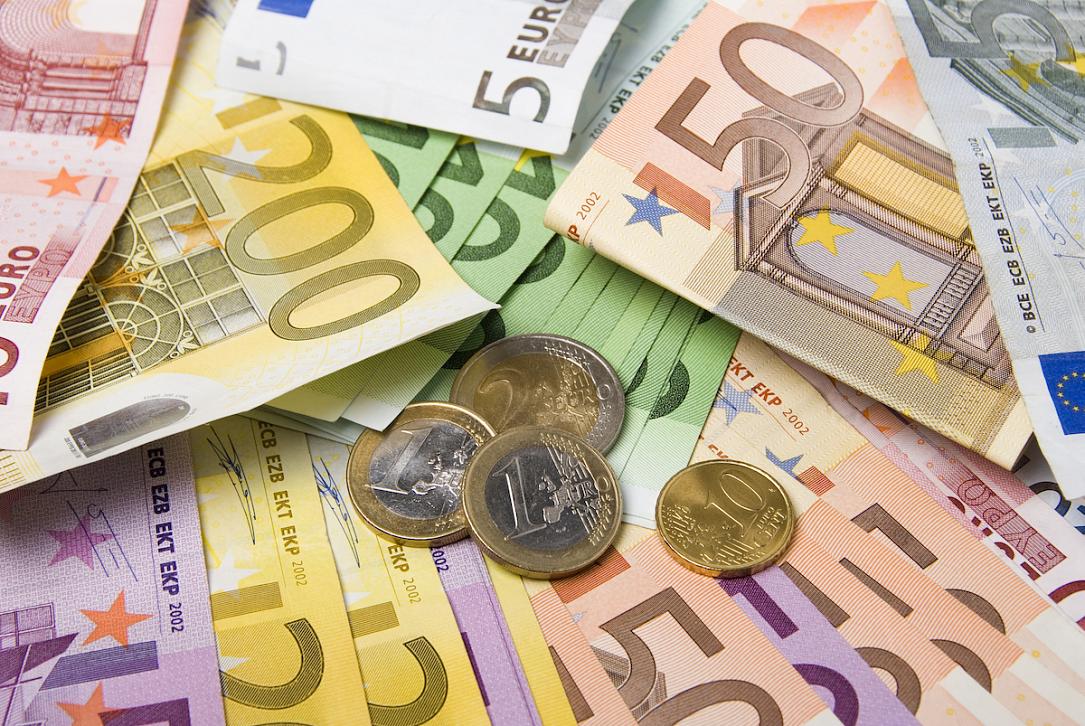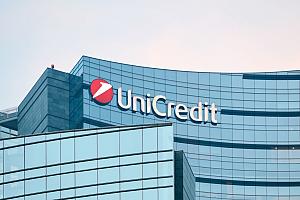Stock of bank loans in Romania further loses momentum in September

The stock of bank loans in Romania decelerated to an annual growth rate of 4.5% y/y in September, from +5.5% y/y in August and +12.1% y/y at the end of 2022, according to data published by the National Bank of Romania (BNR).
Deflated by consumer prices, the total stock of non-government bank loans (RON 381 billion, or EUR 76.6 billion) contracted by 4% y/y. The stock of loans denominated in local currency increased by 0.7% y/y, marking a steep 7.5% y/y real decline.
Furthermore, the financial intermediation benchmark estimated as the ratio of total bank loans to GDP, calculated based on the nominal GDP in 12 months to June (latest data available), deteriorated much steeper, to 25.4% from 28.3% as of September 2022.
Nominal GDP increased by 16.3% over the 12-month period, mostly due to the 12.8% GDP deflator (GDP advanced by only 3.1% y/y in real terms).
Speaking of the dynamics of the separate market segments, the forex lending to companies surged by 21.2% y/y to RON 99.3 billion (nearly EUR 20 billion or 26% of total bank loans), while the local currency loans to households contracted by 1.8% y/y to RON 150.4 billion (EUR 30.2 billion or 32.5% of total loans). The third-largest segment, of local currency corporate loans, contracted by 0.9% y/y to RON 109.0 billion (EUR 21.9 billion or 28.6% of total loans).
According to an updated Systematic Country Diagnostic report published by the World Bank, Romania’s financial sector remains underdeveloped compared with regional and income peers. While banks dominate the country’s financial sector, their assets were equivalent to 53.5% of GDP in 2021 - less than half as in peer countries (Poland, Bulgaria, Hungary, and Croatia), and approximately one-fifth of the EU average, the report reads. The figures may be slightly outdated, but they provide an insightful comparison with the region’s peers.
Bank credit intermediation is shallow in Romania, the WB report reads, limiting the supply of investment financing for firms. According to Finstats 2020 data quoted by the WB, total credit amounted to 26% of GDP in 2020, significantly below the expected 25th percentile and lower than the ECA average of 41%. The supply of loans to enterprises stood at 12.9% of GDP in 2021, versus an average of 22.5% for Bulgaria, Croatia, Hungary and Poland.
iulian@romania-insider.com
(Photo source: Breeze393/Dreamstime.com)












